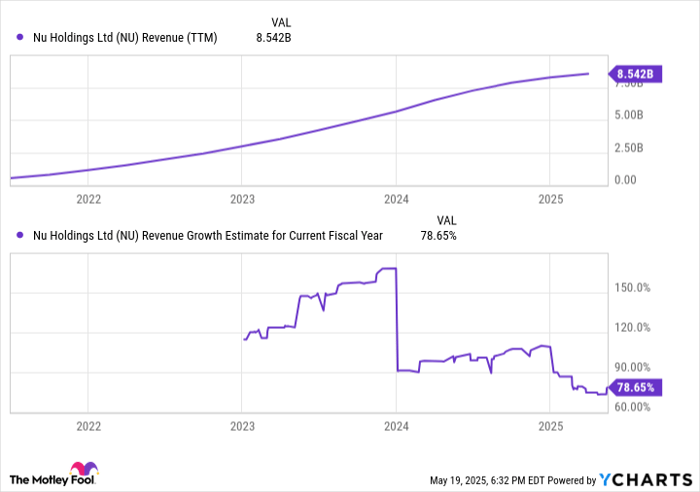Crude Oil Prices Dip Amid Economic Concerns and Geopolitical Tensions
On Tuesday, June WTI crude oil (CLM25) finished down -0.13 (-0.21%), while June RBOB gasoline (RBM25) saw a slight increase of +0.0133 (+0.62%). The decline in crude oil prices can be attributed to weaker equity markets, which led to a risk-off sentiment among investors. This atmosphere has dampened confidence in both the economic outlook and energy demand. However, losses were somewhat mitigated as the dollar index (DXY00) dropped to a 1-1/2 week low.
Geopolitical Tensions Support Prices
Crude oil prices are receiving some support from ongoing doubts regarding a nuclear agreement between Iran and the US. Iranian Supreme Leader Ali Khamenei expressed skepticism about the success of negotiations, urging the Trump administration to cease what he described as “talking nonsense.” In light of this, President Trump has warned that Iran will face “something bad” if it does not swiftly accept a proposal regarding its nuclear program.
Supply Regulations Affect Market Dynamics
Recent sanctions imposed by the US State Department on an international network tied to Iranian oil shipments to China are influencing market conditions. The sanctions targeted Sepehr Energy Jahan Nama Pars, a company accused of using oil revenue to finance weapons development, including ballistic missiles and nuclear capabilities.
Despite these pressures, expectations for higher US gasoline demand are boosting crude prices. The American Automobile Association forecasts that 39.4 million Americans will travel by car this Memorial Day weekend, a rise of +3.1% from last year. This increase is attributed to gasoline prices being 50 cents per gallon cheaper than in 2022.
Concerns Over Global Supply
Despite the positive outlook for gasoline, worries about a global oil surplus are influencing crude prices negatively. OPEC+ agreed on May 3 to increase crude production by 411,000 barrels per day (bpd) in June. Saudi Arabia has indicated that further production increases may follow, aiming to lower oil prices and manage the output of overproducing members like Kazakhstan and Iraq. This shift aims to gradually restore 2.2 million bpd after a two-year-long production cut. While OPEC+ had originally planned for a complete production restoration between January and late 2025, current adjustments suggest that full restoration might not occur until September 2026. In April, OPEC crude production fell by -200,000 bpd to 27.24 million bpd.
Storage Trends Signal Market Weakness
Bearish signals for prices emerge from an increase in crude oil stored on tankers. Vortexa reported a +3.1% week-over-week rise, bringing the total to 90.97 million barrels as of May 16.
US Oil Production Insights
New US sanctions on Russia’s oil sector, imposed on January 10, might further restrict global oil supplies. Data shows that Russian oil product exports reached a five-month high of 3.45 million bpd in March. However, weekly tracking indicated a decrease of -90,000 bpd to 3.4 million bpd during the week ending May 18.
Looking ahead, the consensus for Wednesday’s EIA crude inventories is a decrease of -1.175 million barrels, with gasoline supplies expected to fall by -950,000 barrels.
Last week’s EIA report indicated that US crude oil inventories as of May 9 were -6.5% below the seasonal five-year average, while gasoline stocks were -2.8% lower. Distillate inventories were notably -16.1% below their five-year seasonal average. In the week ending May 9, US crude oil production rose by +0.1% to 13.387 million bpd, which is still shy of the December 6 record high of 13.631 million bpd.
Baker Hughes indicated that the number of active US oil rigs fell by -1 to 473 in the week ending May 16. This number is just above the 3-1/4 year low of 472 rigs recorded on January 24. Over the past two years, the oil rig count has decreased from a five-year high of 627 rigs seen in December 2022.
On the date of publication, Rich Asplund did not have (either directly or indirectly) positions in any of the securities mentioned in this article. All information and data in this article are solely for informational purposes. For more information, please view the Barchart Disclosure Policy.
here.
The views and opinions expressed herein are the views and opinions of the author and do not necessarily reflect those of Nasdaq, Inc.



